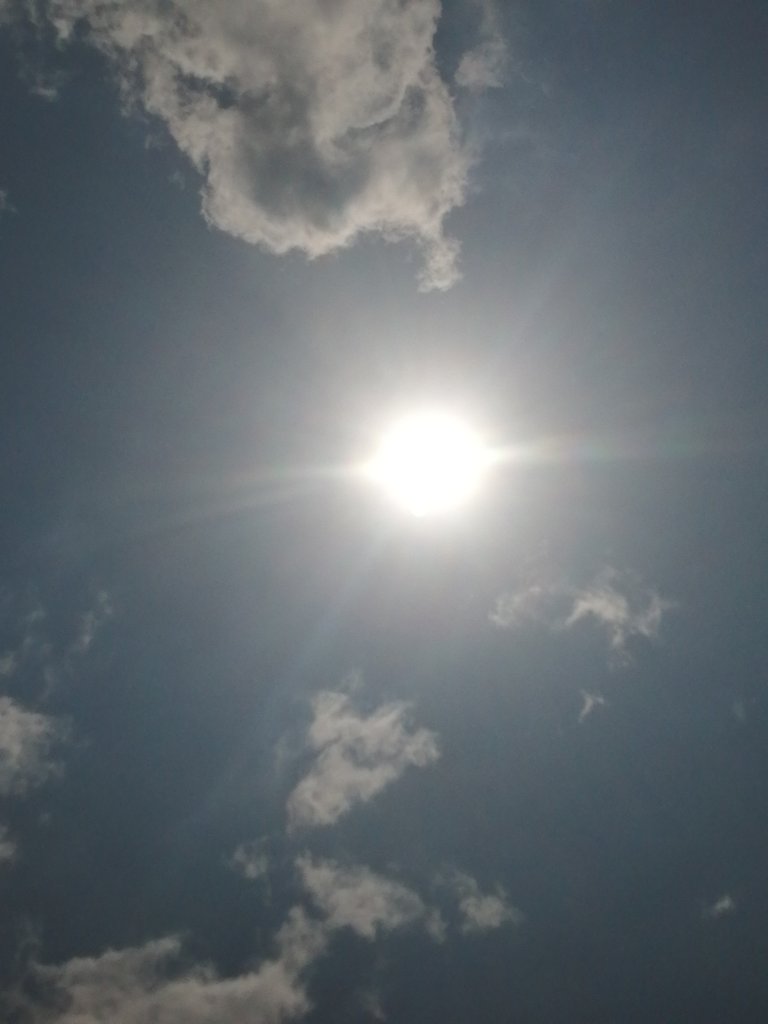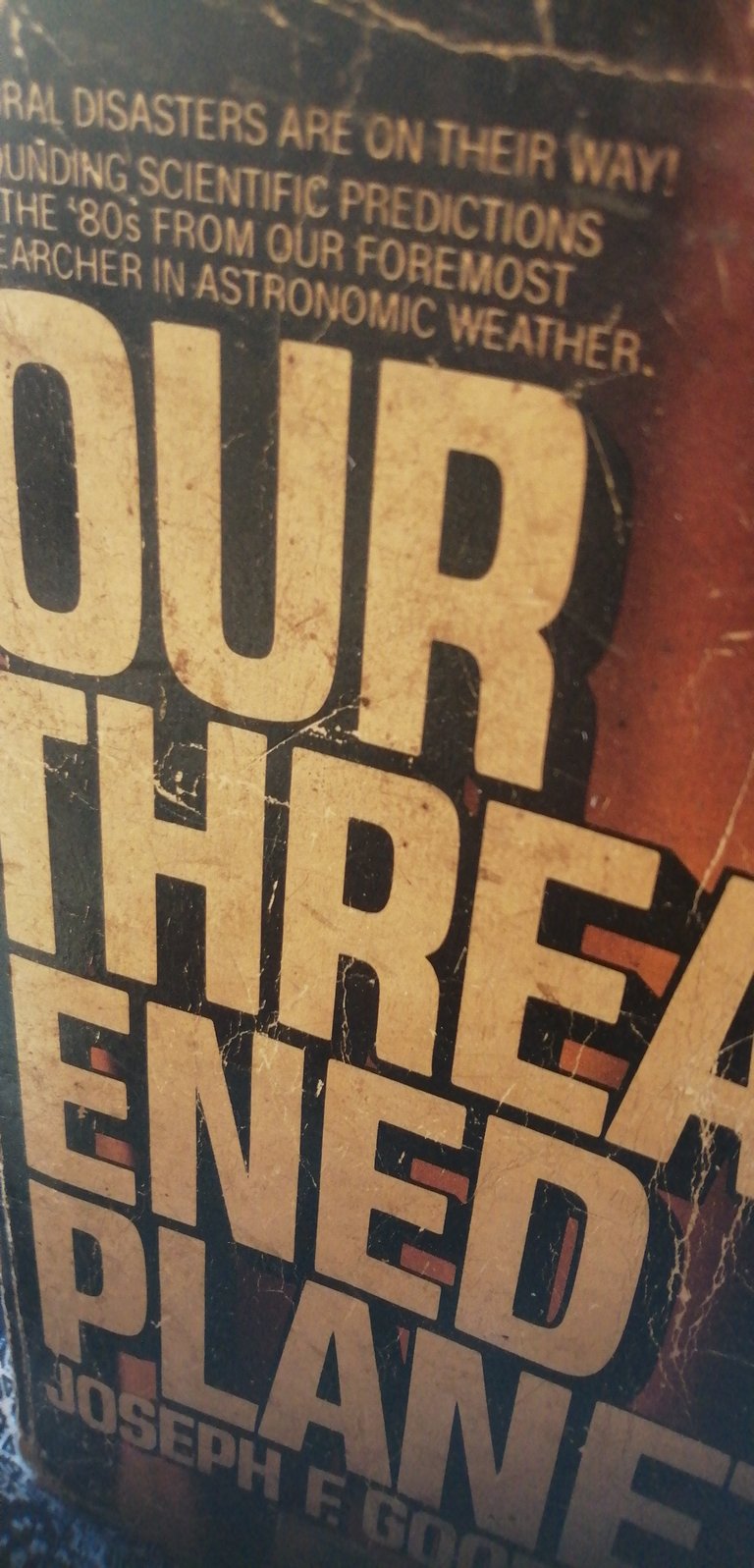From our vantage point on Earth, the Sun may appear like an unchanging source of light and heat in the sky. But the Sun is a dynamic star, constantly changing and sending energy out into space. The science of studying the Sun and its influence throughout the solar system is called heliophysics.
If life had somehow managed to re-evolve or re-re-evolve, depending on the actual cycle of solar expansion and contraction as the shrinking sun reached a more normal size, such life would only perish again as the Earth became a dead, frozen ball. The atmosphere would become a solid blanket lying on the dark planet's inhospitably cold surface. The Sun would shrink to white dwarf dimensions, eventually appearing as a bright point of light bcfore it became a neutron star and winked out forever (plunging its retinue of dead planets into eternal darkness) before it collapsed into itself and became a black hole.
Reflections....
It need not happen this way, however.
The Sun's strange activity might mean something else.
The Indian-American astronomer and mathematician Chandrasekhara Venkata Raman studied the way a star reaches the point of supernova explosiveness.
According to him Any star with a mass less than one and a half times that of our Sun (called "Chandrasekhara's limit") is believed to be incapable of exploding. Instead, it is supposed to die slowly as the star evolves from blue babyhood to white dwarf senility. The shrinking process supposediy maintains the energy equilibrium.
I got to think why Astronomers and solar physicists have always believed however, that the Sun would remain completely stable for millions, if not billions, of years to come. But in July 1975, Lowell Observatory astronomers reported to the National Science Foundation that this was not the case at all, In fact, our local star actually "flickers," and there's no scientific understanding of this phenomenon at all.
By comparing sunlight reflected from one of the outer planets with the light of a reference star nearby, they found that the Sun's brilliance varies in the visible spectrum by as much as 2 percent.
It once seemed natural to assume that as the Sun's fuel was used up, its production of heat energy would decline very gradually, and that in a few hundred million
to a few billion years our local star would die a slow death, becoming colder and dimmer by the century until the blazing nuclear fire would exhaust itself. And I believe this could be just an imaginary thought.
This seems logical enough, but happens to be wrong.
Dr. George Gamow, professor of physics at the University of Colorado, has discovered that the exact opposite would happen, instead of becoming dimmer and colder as its supply of hydrogen reaches the critical stage of depletion Or, as some astronomers now fear, half-depletion, the Sun will act up dramatically, with an increase in flares, magnetic storms and great sunspots which are out of phase with its 11-year cycle. Under these conditions, the Sun will grow larger, hotter and brighter.
I believe more thoughts are in to this and it's further research is advising anyway it my reflection and thoughts.
See you later.


Thanks for reading
Note that image on the post is original snap by me, edit with my phone editor and dividers of @ecency assets on discord except source images.
This post is a reflection on the Sun and it suggests powerful strength from a book our threated planet by Joseph GoodAvage.



Support for Ecency
For more about @ecency to vote for their proposal visit this post.
Ecency account
See you... TS.


